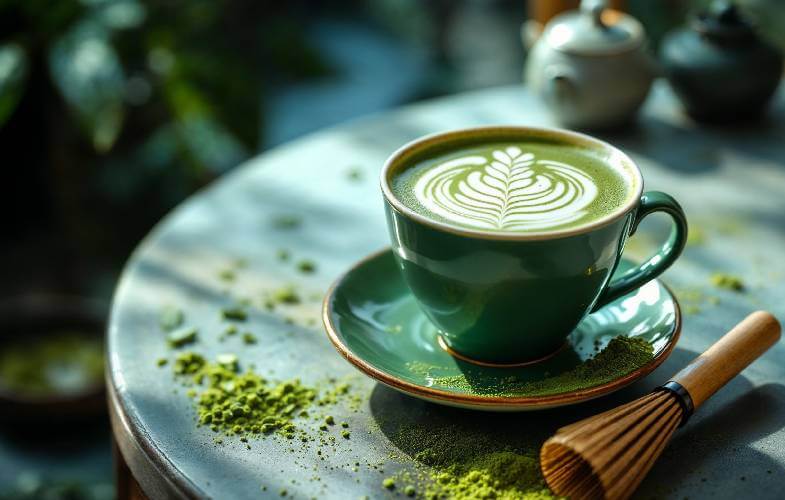Matcha, the vibrant green Japanese tea once niche outside its homeland, is now a global obsession — and it’s creating a supply crisis. From Starbucks lattes in London to Krispy Kreme doughnuts in Singapore, the powdered tea is everywhere, fueled by TikTok trends and post-pandemic tourism to Japan. But with this newfound fame comes growing pains.
“Some cafes are even asking for a kilo a day. They’re desperate to keep up,” says Lauren Purvis, Founder of US-based Mizuba Tea Co. “What was once a month’s supply now runs out in days.”
Matcha’s popularity stems from more than just social media. Japan’s weaker yen has attracted a record number of tourists and lifted the global appetite for authentic Japanese products. Yet, while demand skyrockets, the supply of tencha — the green tea leaves used to make matcha — is under pressure.
Matcha is produced through a delicate, centuries-old process: tencha leaves are shaded for weeks to develop their signature umami flavor before being stone-ground — a painstaking process yielding just 40 grams of matcha per hour. Climate change is now disrupting this. In the Kyoto region, which supplies around a quarter of Japan’s tencha, extreme heat has damaged crops.
To make matters worse, Japan is grappling with an aging agricultural workforce, and there are not enough younger farmers stepping in. Retailers in famous matcha destinations like Uji have resorted to limiting purchases, as shelves are cleared by tourists almost immediately.
“Matcha is the highest grade of tea and it’s so special to us,” says Atsuko Mori, director at Kyoto-based Camellia Tea Ceremony, where customers are restricted to one tin each. “So there’s a bit of a contradiction when I hear stories about how it’s resold or used in food.”
Rising costs are also driven by geopolitics. A recent US-Japan trade deal includes a 15% tariff on Japanese imports, which could further hike matcha prices in America. “As Japanese tea is not grown in the US, there is no American industry under threat that tariffs need to protect,” Purvis notes.
Still, there’s optimism. Matcha production nearly tripled between 2010 and 2023, and green tea exports rose 25% last year to ¥36.4 billion ($250 million). Some believe the market will balance out. “There is a boom at the moment… but we think that will calm down a bit in two to three years,” says Masahiro Nagata, Co-Founder of Matcha Tokyo.
In the meantime, tea purists urge consumers to be mindful and savor matcha for what it is — not just a trend, but a tradition.
Source: BBC News








